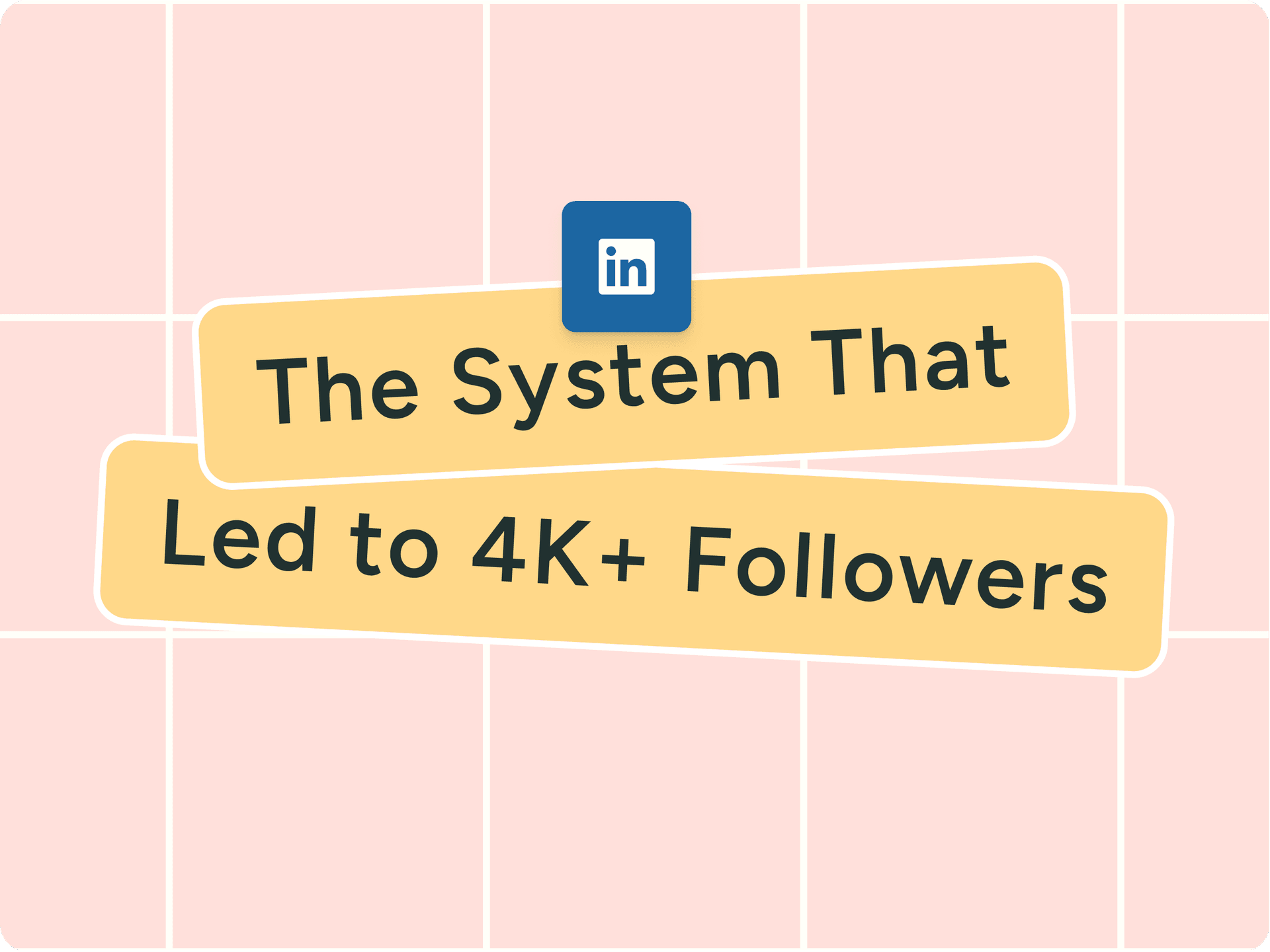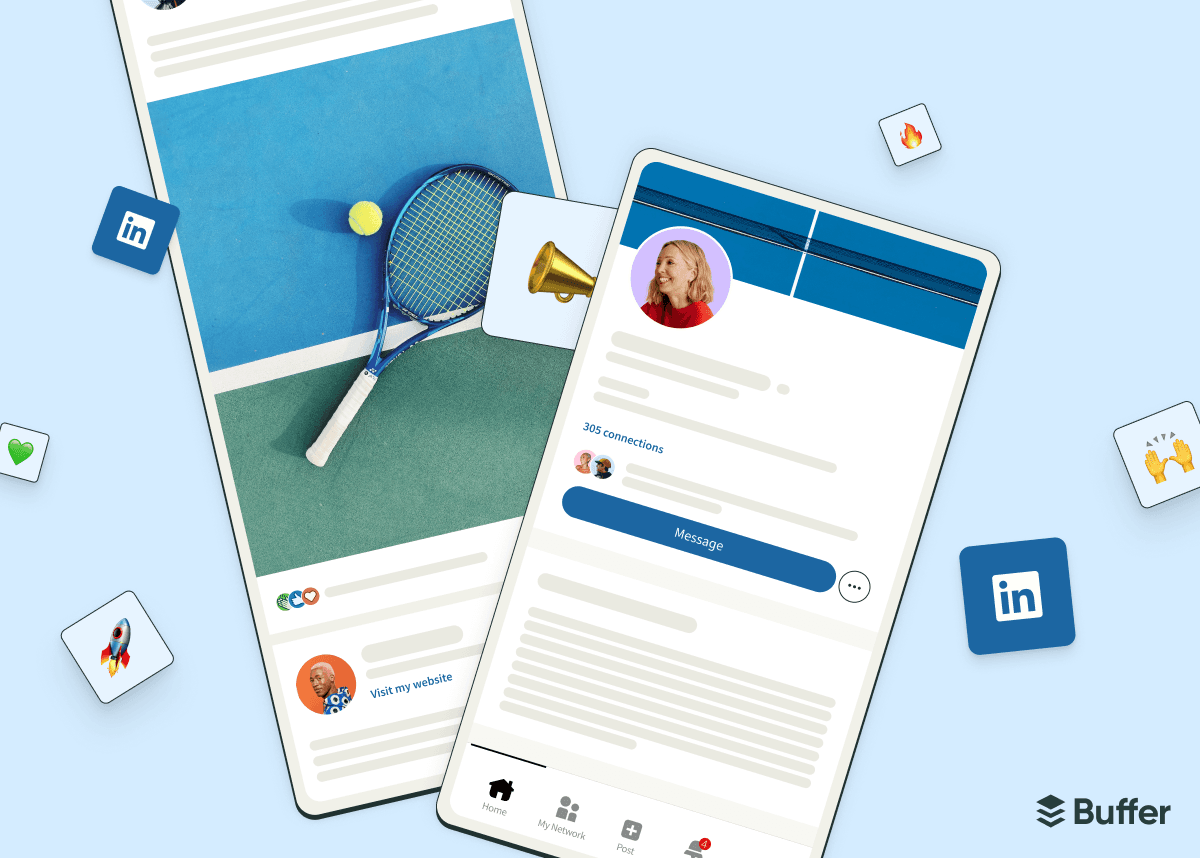I deleted my 7K LinkedIn account and five months later, I was back to 4.5K followers and 416K impressions.
Deleting an account I’d spent months building felt reckless, but it ended up being the reset I didn’t know I needed.
In January 2025, I started from zero. Five months later, my new account had multiple viral posts, over nearly half a million impressions, and a growing network that finally felt aligned with the kind of work I wanted to do.
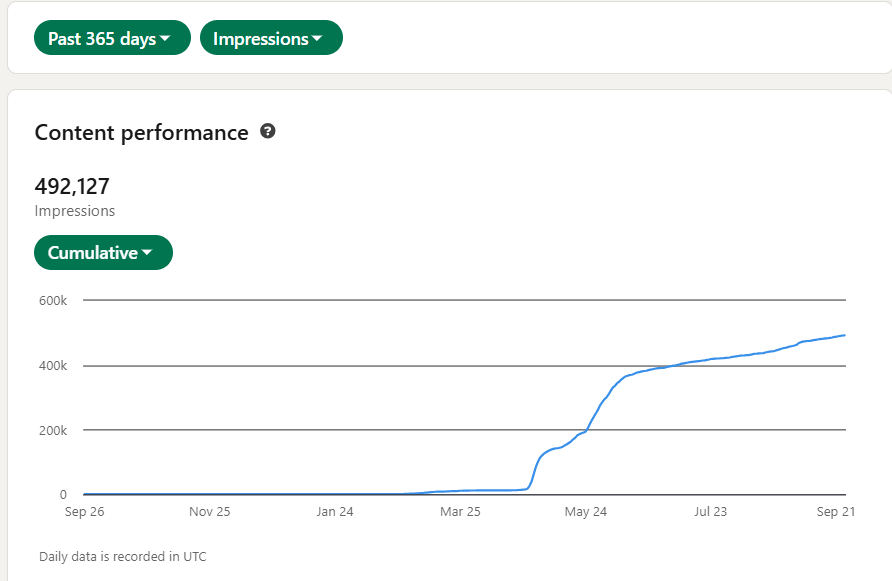
This is the story of how I rebuilt my presence from scratch — and the systems that helped me grow faster, with more clarity, the second time around.
Let’s go!
My first LinkedIn account and why I deleted it
I joined LinkedIn during the pandemic, and like most beginners, I went all in without a plan.
I connected with anyone who accepted my connection request without thinking about whether they aligned with my professional goals. Then, as my full-time job became demanding, I disappeared from the platform altogether.
By 2023, I was burned out from my corporate role. The constant toxicity had drained my energy and motivation. I wanted a clean slate to rebuild my career on my own terms.
So, I left that job, and six months later, I rediscovered LinkedIn through a video by creator Shruti Rajput, who’d grown her account to 1,000 followers in 30 days. It reminded me that I already had a platform waiting to build my personal brand, I just wasn’t using it intentionally.
I returned to LinkedIn in mid-2024, posting about Pinterest, writing, AI, and lessons from my career.
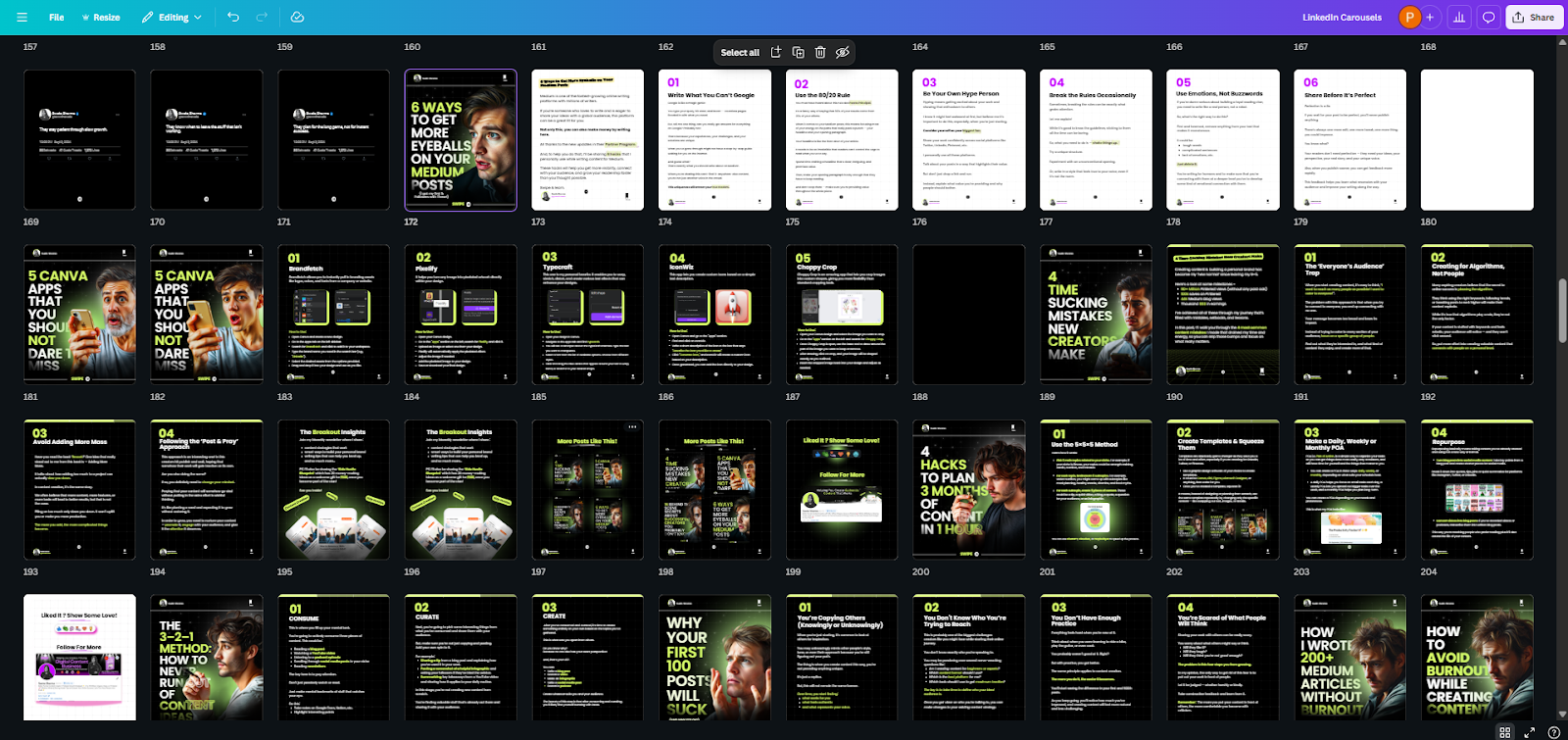
Over six months, I grew to 7,000 followers. But even with the numbers, something felt off. My posts weren’t reaching the right people — the audience I’d built before had nothing in common with the one I wanted now.
To fix it, I started removing inactive or irrelevant connections. My plan was to remove 100 people a day. But as soon as I did that, LinkedIn flagged the activity as suspicious and suspended my account. I tried again — slower this time — and got suspended again.
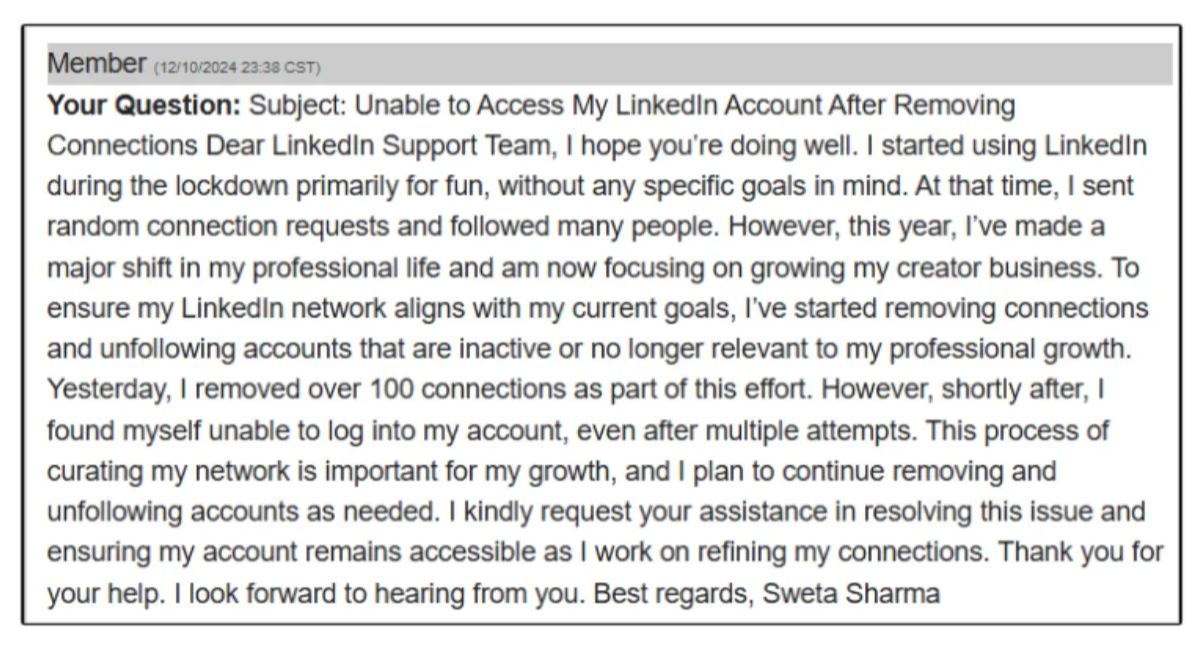
That’s when I had a decision to make: keep chasing engagement from the wrong audience or start over with intention.
I chose to start over.
After confirming with LinkedIn that it was possible, I deleted my 7K-follower account — six months of work gone in seconds. But this time, it felt different. I was clearing space for what came next.
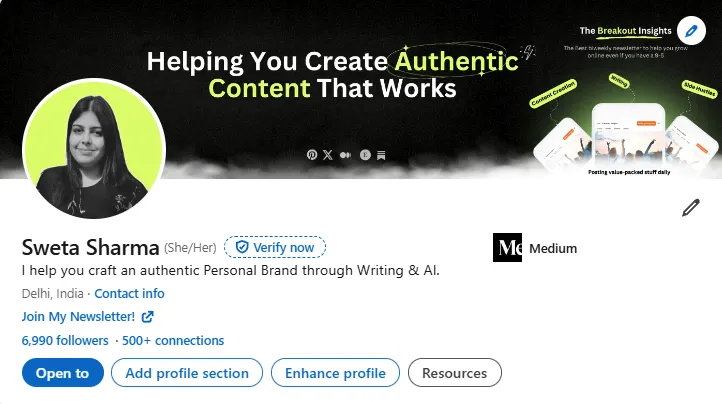
Restarting from zero wasn’t smooth sailing
When I created my new LinkedIn account in January 2025, I felt ready for a clean slate. But within 24 hours, I was suspended before I’d even posted a single thing.
The verification process became its own mini-saga. First, I had to confirm my identity through Persona. My account was approved, and I even shared a post.
Then, days later, LinkedIn flagged me again, this time asking for Aadhaar, a unique identification number issued by the Government of India, because my old account was still tied to my ID. It took weeks of emails with support and government offices to sort it all out.
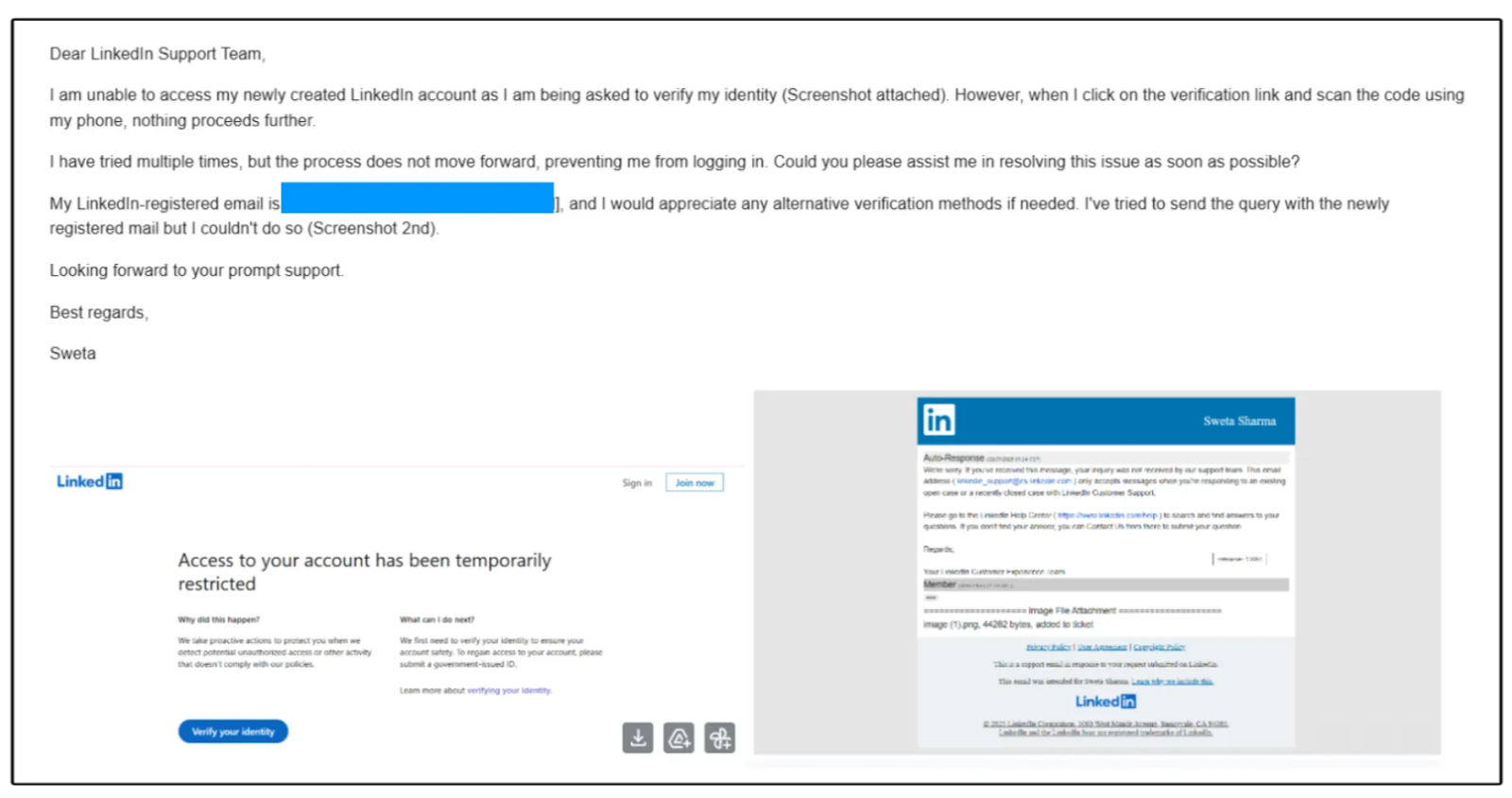
Finally, after jumping through more hoops than a circus performer, I got verified, and my account was fully functional.
The system that helped me grow to 4.5k in five months
“You don’t rise to the level of your goals, you fall to the level of your systems.” — James Clear
The six months that I invested in growing my previous LinkedIn account taught me one thing: I can’t grow on any social platform without putting the right systems in place. So, I began creating systems that worked for me, not against me.
I mainly focused on four things: a clear strategy, a consistent approach, a cohesive brand, and a scheduling tool (this one was added later on).
I built a clear strategy
My first account grew quickly, but without any real direction. This time, I wanted to do it with clarity, so I turned to Grok to figure out who I was speaking to and why. It helped me map out content pillars around my goals, audience, and values — and Excalidraw helped me visualize those pillars into a living content map I could actually follow.
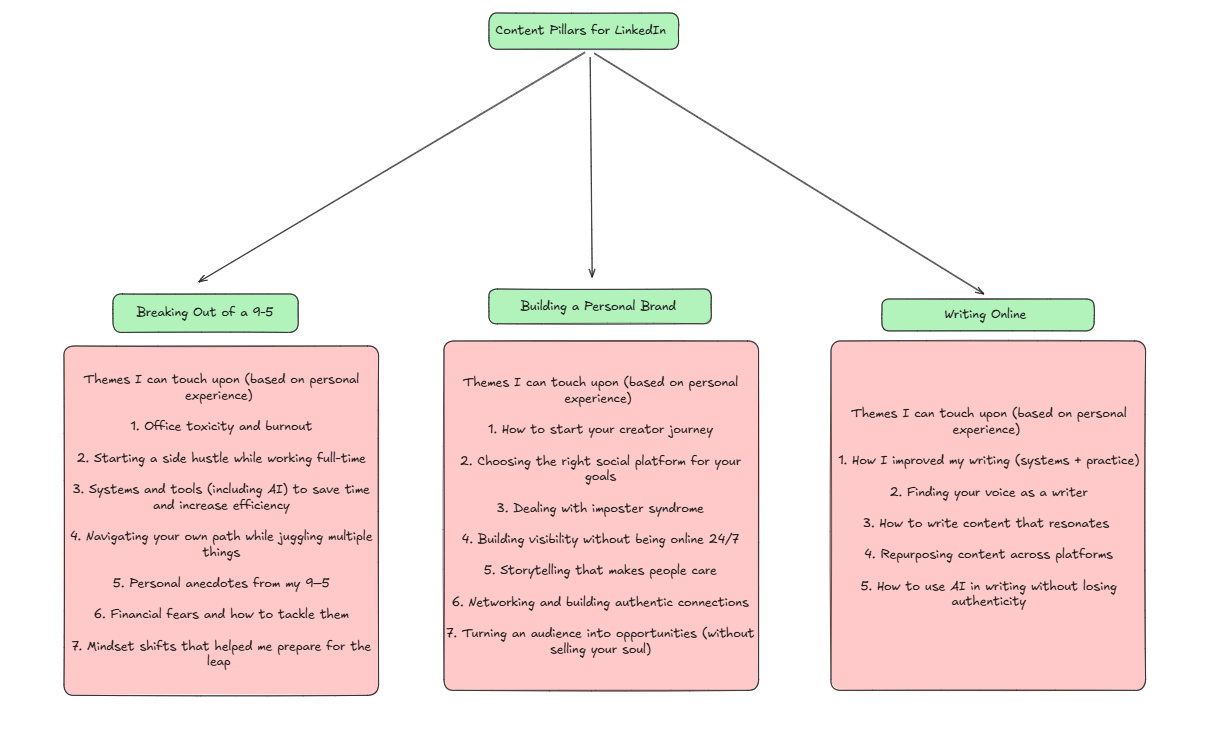
I created a consistent workflow
I used Notion as my second brain — a place to store every post idea, draft, and insight from the comments section. It became the foundation for a repeatable content workflow.
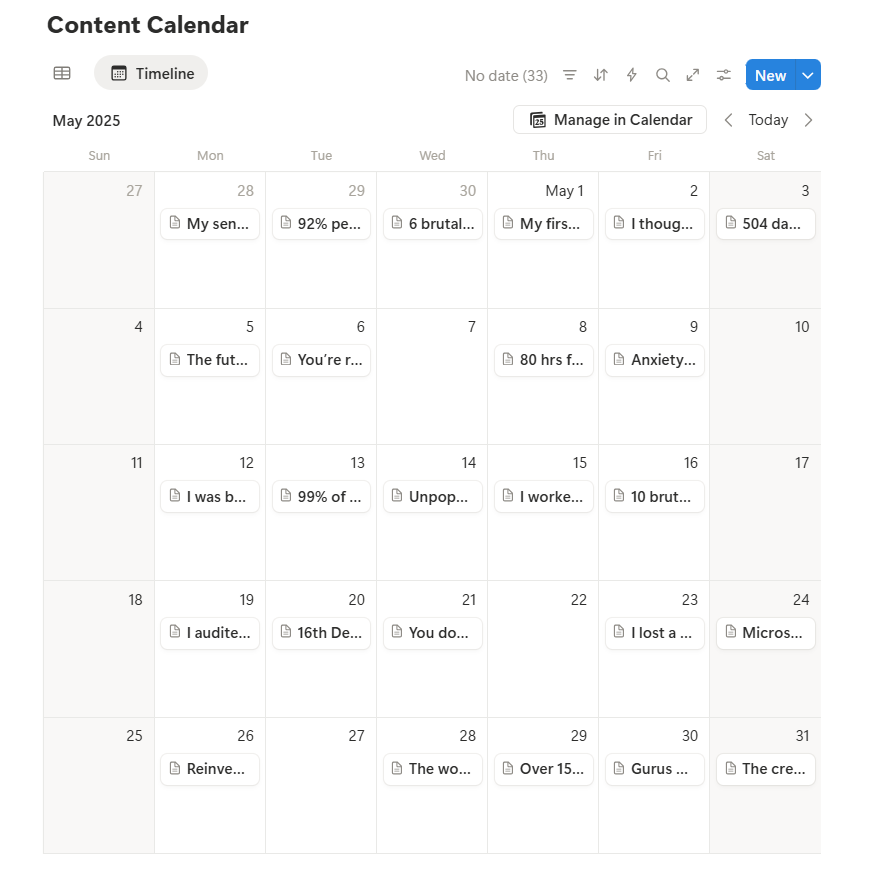
I refined my content and branding
Visuals matter on LinkedIn. Using Canva, I started creating simple carousels and banners that matched my profile branding. It gave my posts a sense of polish and familiarity that helped people recognize my content faster.
I scheduled and measured my content
One of my virtual friends, Gabriela, introduced me to a tool named Buffer. She suggested I join Buffer's 30-day Creator Camp, and that’s how I discovered it. Through camp, I learned how to turn ideas into a real posting habit. I began drafting and scheduling posts ahead of time, which removed the daily pressure to show up.
Now, I use Buffer to manage all my content — for both LinkedIn and Pinterest — and it’s become the backbone of my system.
Fun fact: Thanks to Buffer, I scheduled an entire month of content in two sittings for the first time ever.
What changed after building a system
Once I built a system around how I create, everything changed.
My posts started reaching the right people — the kind of creators and professionals I actually wanted to connect with.
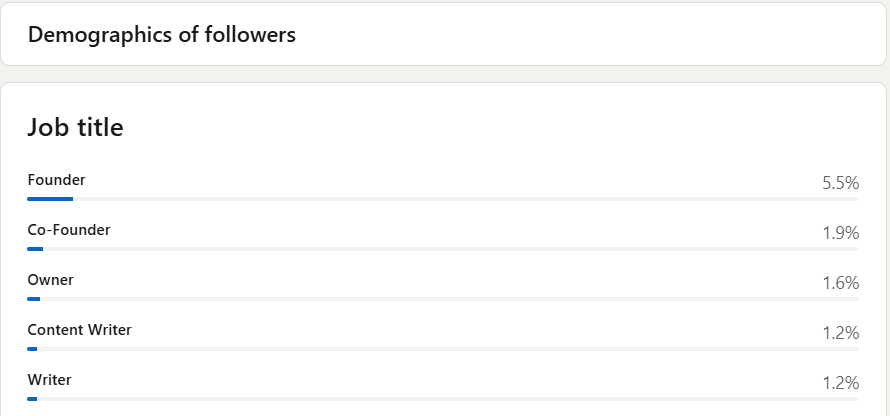
I began getting thoughtful comments, DMs from creators I actually admired, and collaboration requests that aligned with my work.
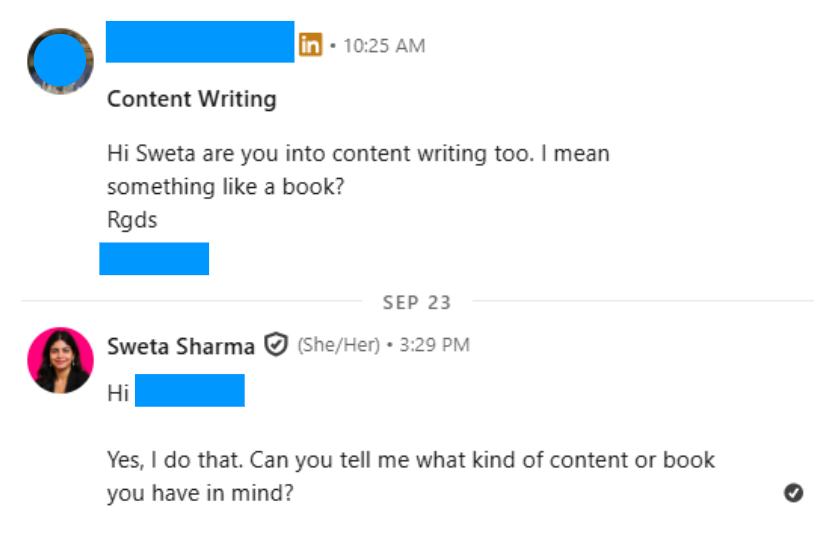

I started seeing my follower count rise consistently.
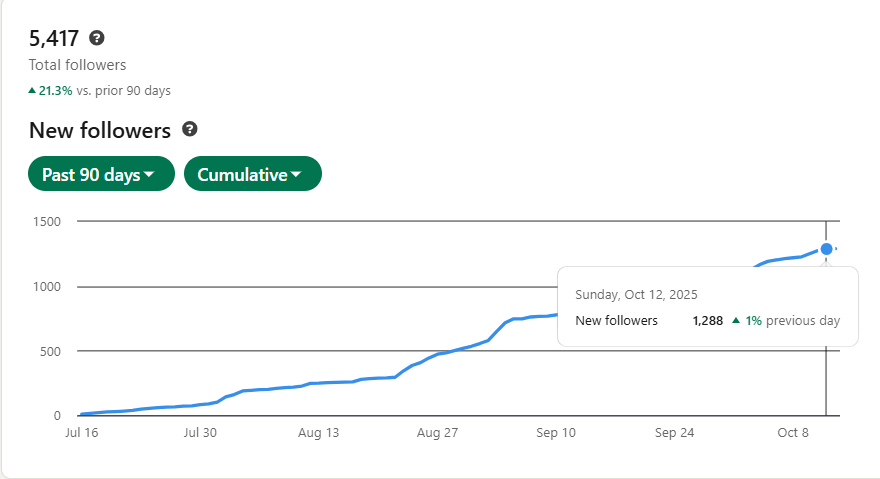
But apart from these numbers and engagement, what changed most was my relationship with creating. It stopped feeling like a task I had to tick off. Now, I can create content without burning out and still have the energy to live my life outside the screen.
This, for me, is a big win as a content creator!
What I’d tell anyone starting from zero
I know starting something from scratch can seem very daunting to us – but it doesn’t have to be.
What I’ve learned after losing 7,000 followers is that starting again doesn’t mean you failed. It means you’re brave enough to admit the first path wasn’t right, and strong enough to choose a better one.
You can thrive on any new path if you stay consistent, build the right systems, and follow strategies supporting your growth.
I hope you do that for yourself.
Try Buffer for free
190,000+ creators, small businesses, and marketers use Buffer to grow their audiences every month.

